2022 Flood Safety Awareness Week is March 14th - 18th
--- Today’s topic is...Flood Safety and Preparedness ---
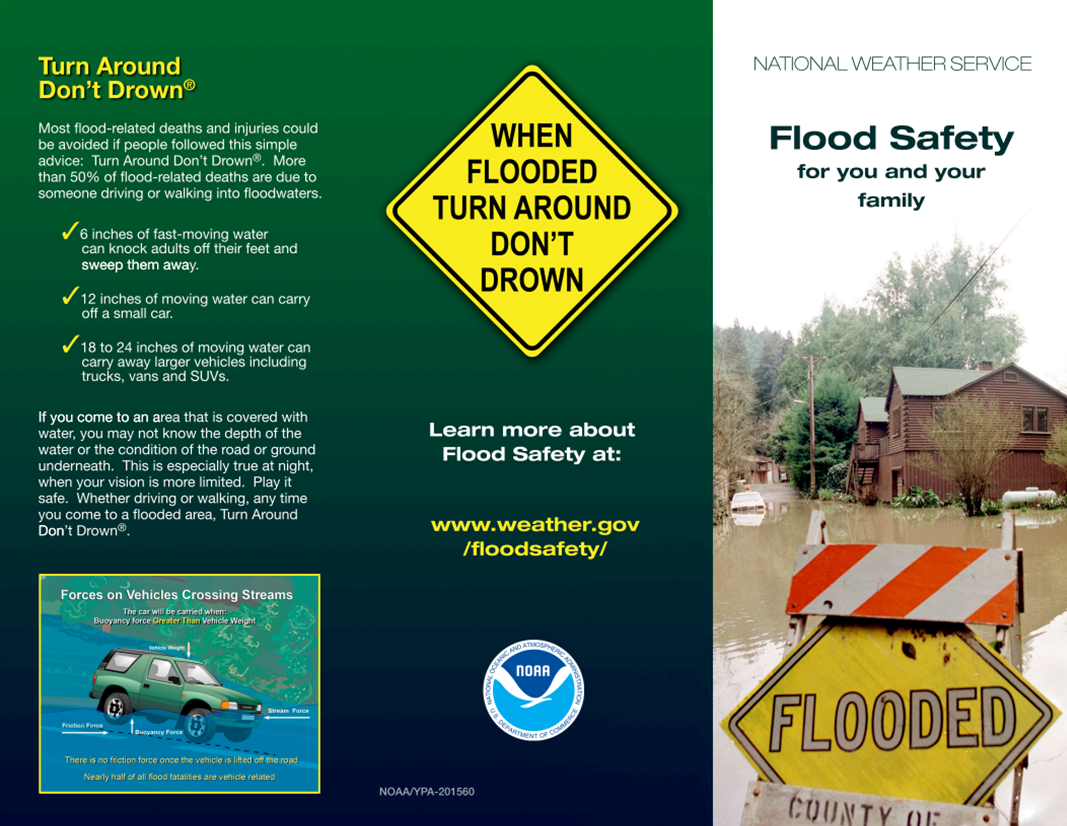 |
Nearly every day, flooding happens somewhere in the United States or its territories. Flooding can cause more damage in the United States than any other weather-related event...with an average of 8 billion dollars a year. Flooding is also one of America's most underrated killers, causing nearly 90 fatalities per year.
Good preparation and knowing what to do in a flood will increase your safety and chances of survival if it happens in your area. It can also help minimize potential flood damage and accelerate recovery efforts. Check out our Flood Safety Brochure and the information below to see what you should do before, during, and after a flood.
|
Flood safety tips
|
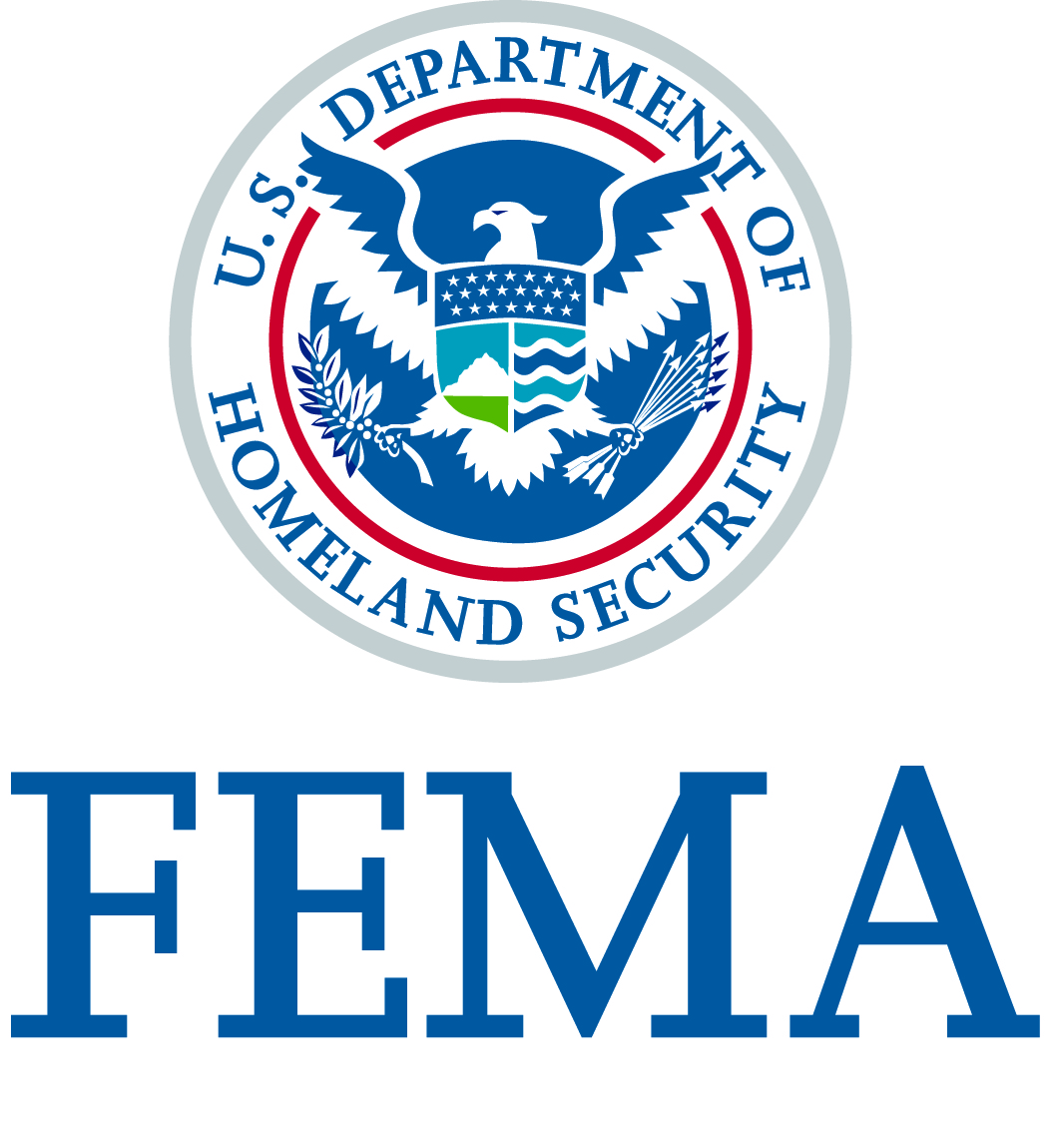

|
Knowing your risk:
- Do some checking to see if you live in a floodplain.
- ​​Verify if there is a dam or levee systems in your area.
- ​​The U.S. Army Corps of Engineers has information about dams and levees.
- ​Your local NWS office can also assist you in finding this information.
|
|
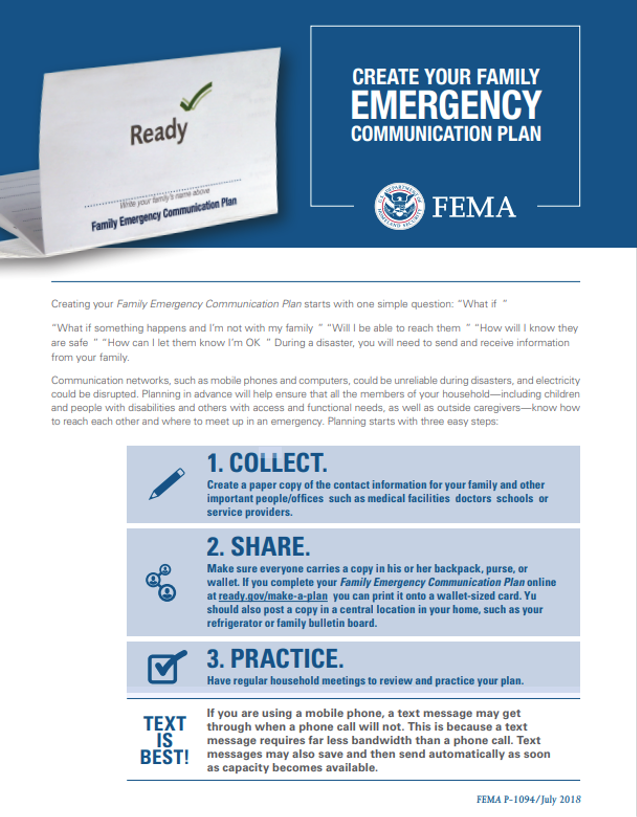
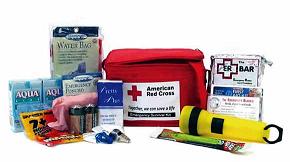
|
Preparing for a flood:
- Make an itemized list of personal property well in advance. Photograph or video the interior and exterior of your home.
- Keep insurance, important documents, and other valuable items in a safe deposit box.
- Find out where you can go if ordered to evacuate.
- Make a keep-in-touch arrangement with relatives and friends.
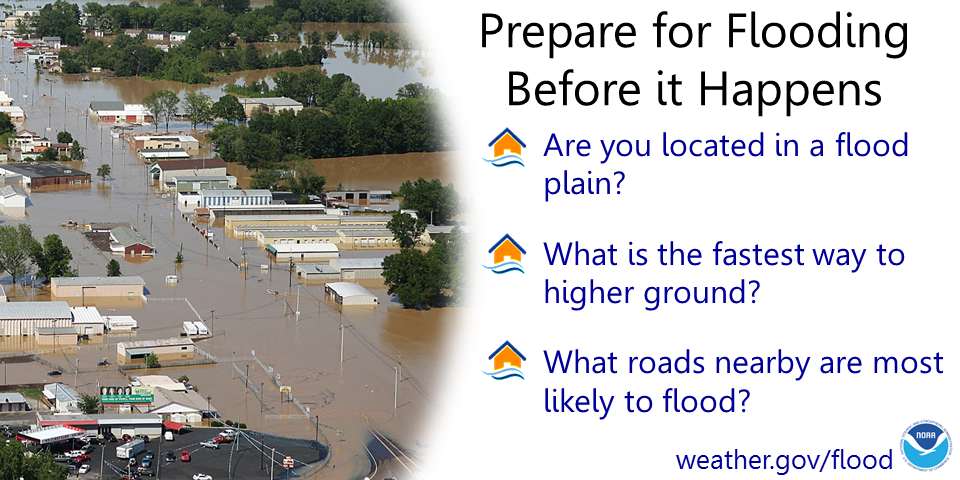
|
|
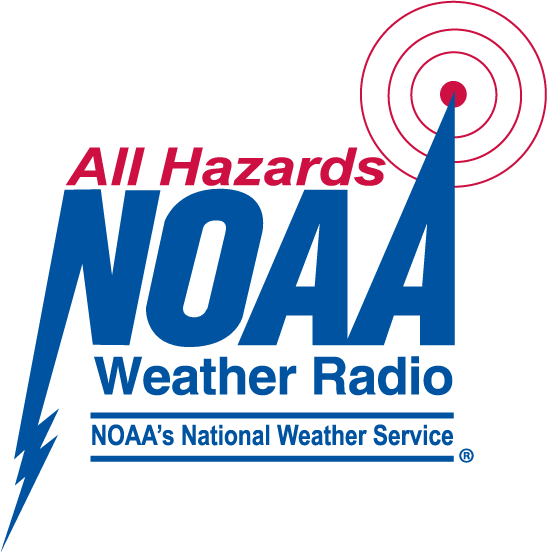
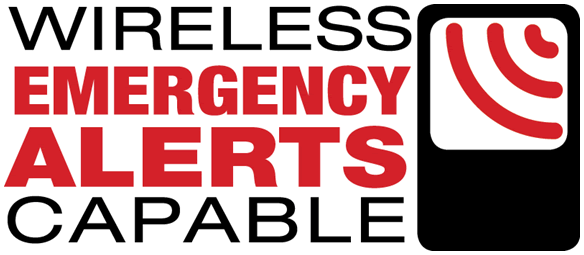
|
When a flood threatens:
- Keep informed of where flooding is expected or occurring through NWS web sites:
- ​NOAA All Hazards Radio is another way to receive emergency information.
- ​Wireless Emergency Alerts for Flash Flood Warnings are available on most smartphones.
- ​If forced to leave your property and time permits, move essential items to safe ground, fill tanks to keep them from floating away and grease immovable machinery.
- Store a supply of drinking water in clean bathtubs and in large containers.
- Get out of areas subject to flooding. This includes dips, low spots, floodplains, etc.
|
|
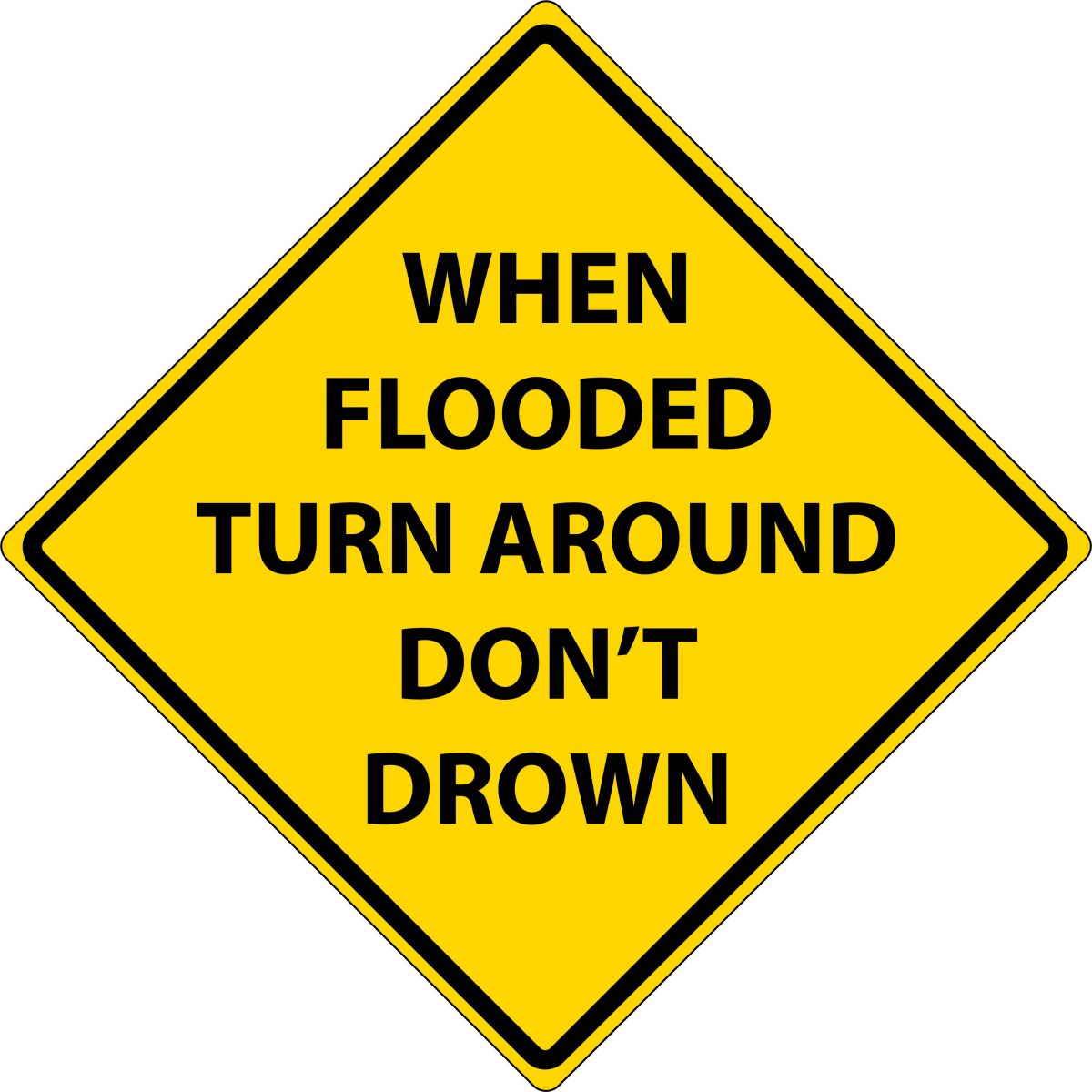
|
During a flood:
- Stay Informed: Listen to radio and TV outlets, including NOAA Weather Radio, check the Internet and social media for information and updates as well.
- Get to Higher Ground: If you live in a flood prone area or are camping in a low lying area, get to higher ground immediately.
- Obey Evacuation Orders: If told to evacuate, do so immediately. Lock your home when you leave. If you have time, disconnect utilities and appliances.
- Avoid areas subject to sudden flooding.
- Do not attempt to drive over a flooded road. STOP! Turn around and go another way. Turn around, don't drown!
- Even six inches of fast moving floodwater can knock you off your feet, and a depth of two feet will float your car! Never try to walk, swim or drive through such swift water.
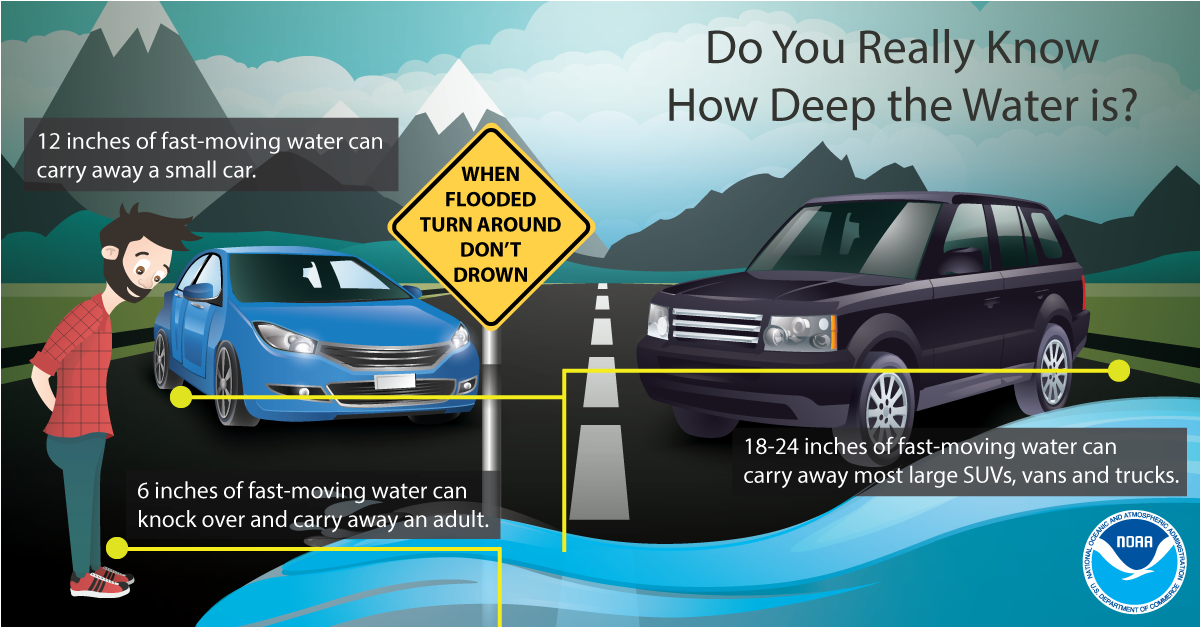
- Keep children from playing in floodwaters or near culverts and storm drains.
|
| |
After a flood:
- Pay attention to authorities for information and instructions. If evacuated, return home only when authorities say it is safe.
- Boil drinking water before using. If fresh food has come in contact with floodwaters, throw it out.
- Seek necessary medical care at the nearest hospital. Food, clothing, shelter and first aid are available at Red Cross shelters.
- Use flashlights, not lanterns or torches, to examine buildings. Flammables may be inside.
- Wear proper protective equipment during cleanup.
- Do not handle live electrical equipment in wet areas. Electrical equipment should be checked and dried before being returned to service.
- Refer to the websites below for additional information on preparedness planning and resources.
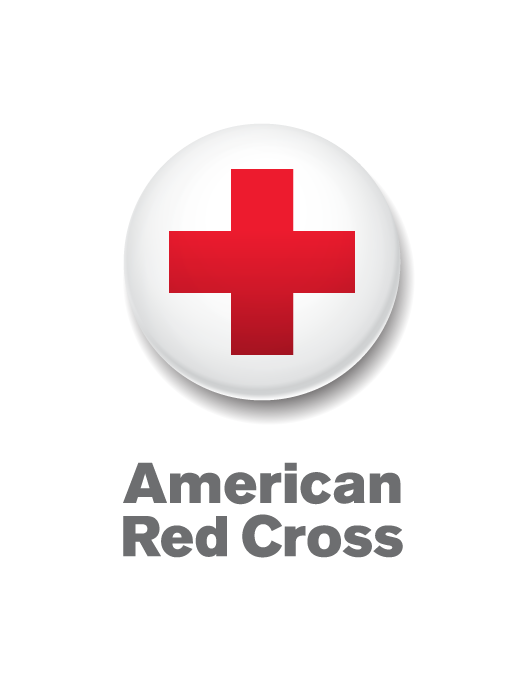  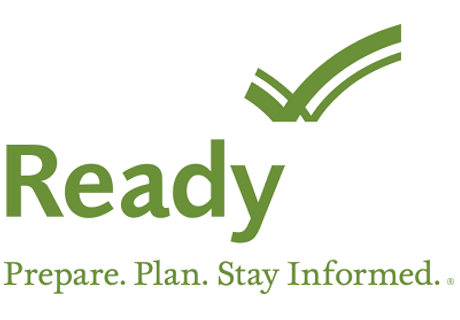 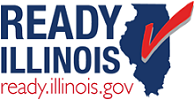
|
